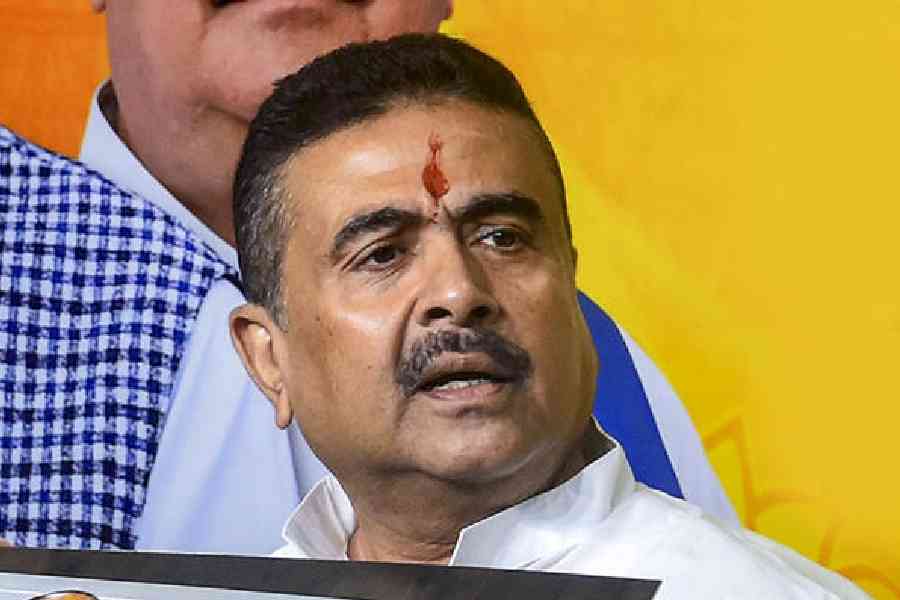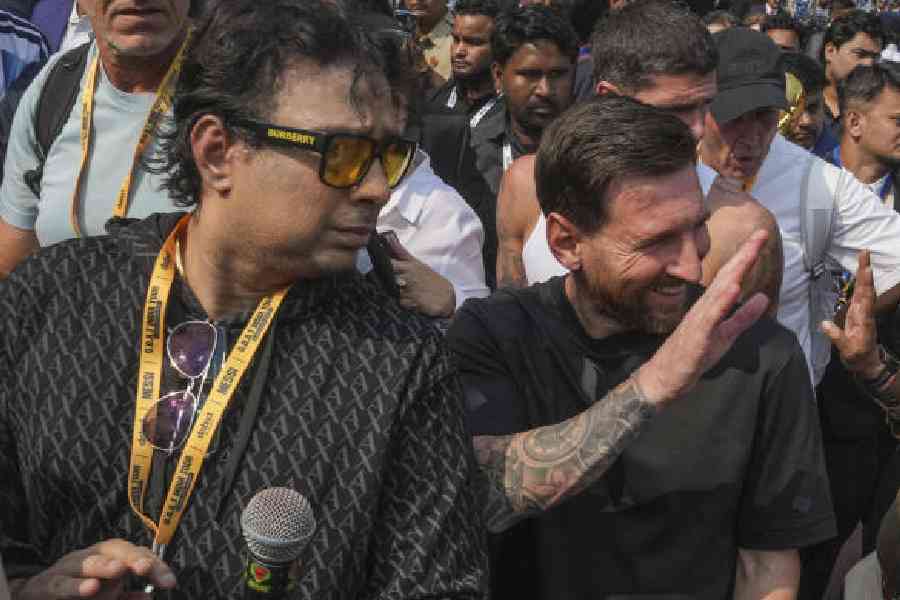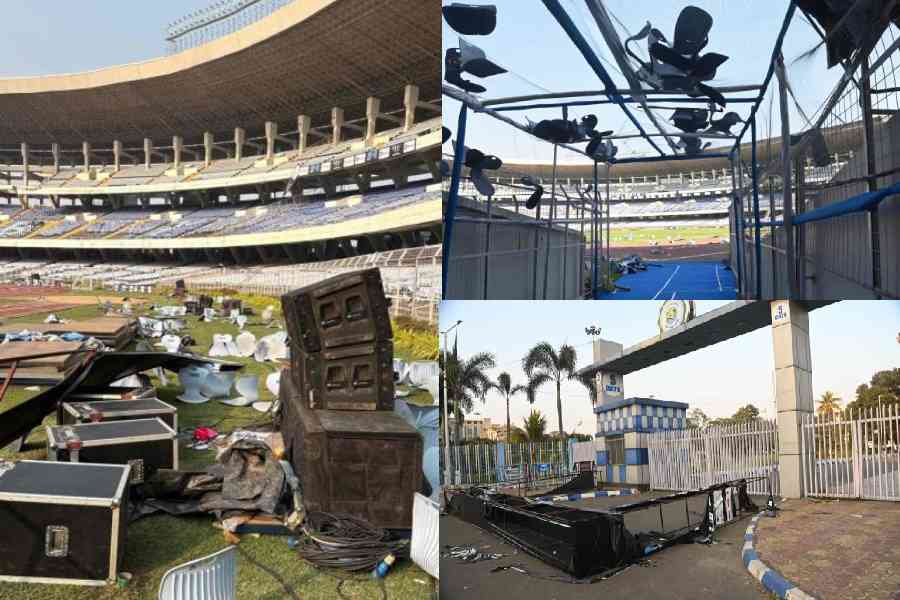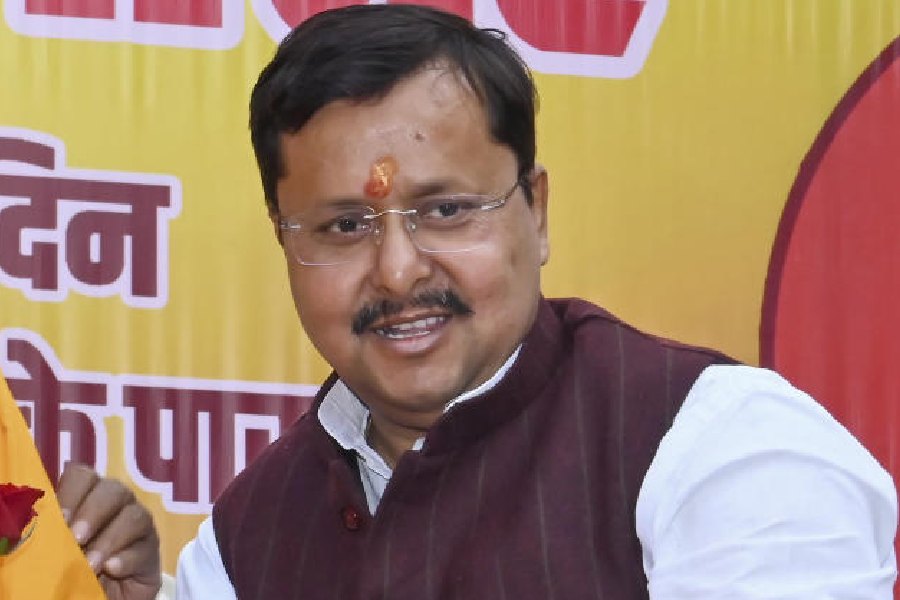Agartala, July 16: The latest census of Tripura, figures of which have just been released, has busted quite a few demographic myths.
In particular, it has exposed the fallacy of “Tripurisation”, which means demographic imbalance in a number of states of the Northeast in the post-Independence period. It is also used to refer to the swamping of the indigenous tribal population by the influx of non-tribal refugees from erstwhile East Pakistan.
The latest statistics in the 2001 census of Tripura, released by the census department, effectively puncture the perennial myth that indigenous tribals in the state are being swamped by non-tribals.
Data released by census director K.D. Nath reveal that tribal population in the state has registered “positive growth” for the second consecutive term.
In the 1991 census, Tripura’s tribal population had been enumerated at 30.95 per cent, showing positive growth for the first time since 1951. Earlier, in the 1981 census, the tribal population in Tripura had reached its nadir at 28.44 per cent.
Nevertheless, the Left Front — then in the Opposition — had launched a virulent campaign, contending that the tribal population under the Congress-Tripura Upajati Juba Samity coalition government was being reduced to 23 per cent.
However, the growth in the tribal population has continued in the 2001 census as well, as the overall percentage of the tribal population in Tripura, as recorded in the latest census, is marginally more at 31.05 per cent.
Correspondingly, the non-tribal population declined from its peak level of 71.56 per cent in 1981 to 69.5 per cent in 1991 and has further gone down to 68.95 per cent.
Nath said the census department has completed the break-up of tribal and non-tribal populations in Tripura, which shows that the tribal population, comprising 19 communities, has registered “positive growth” for the second consecutive time.
According to other data released by the census department, the Scheduled Caste population in the state has also grown from 16.36 per cent in 1991 to 17.37 per cent in the latest census.
The literacy rate has risen from 60.44 per cent in 1991 to 73.19 per cent in the latest census, mainly due to the successful implementation of the total literacy programme.
Overall population growth in Tripura has also declined. In the last decade, the overall growth was recorded at only 16.03 per cent as against the average national growth of 31.34 per cent.
Even when it was a princely state, Tripura had a substantial non-tribal population. “During the past 100 years, the tribal population in Tripura had never been more than 56 per cent,” said Mahesh Chakraborty, an expert on Tripura’s history.
He said politicians in the state had never highlighted the authentic history of Tripura but had tried to capitalise on the “negative aspects of influx” from East Pakistan.
“Such politicians never mentioned that a large segment of the Muslim Bengali population had fled Tripura in the wake of Partition, to be replaced by Hindus. Instead, they played on the fear and insecurity of the tribal minorities,” Chakraborty argued, adding that politicians in the state had exacerbated ethnic tension with their baseless campaign.










